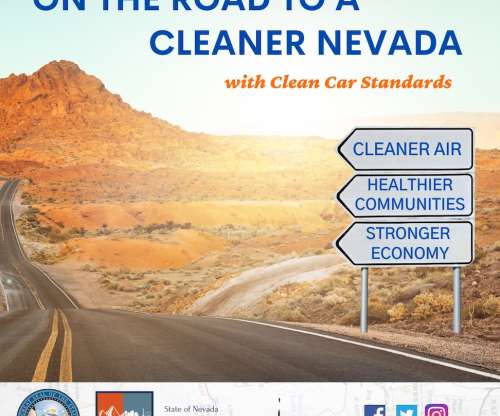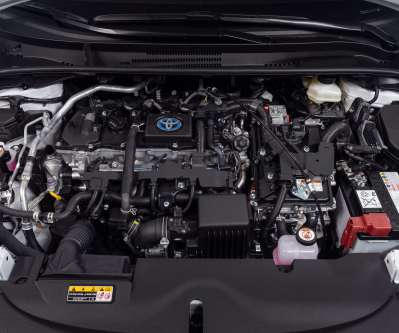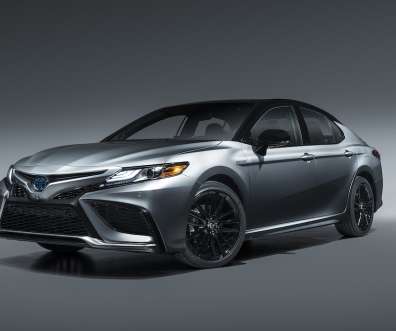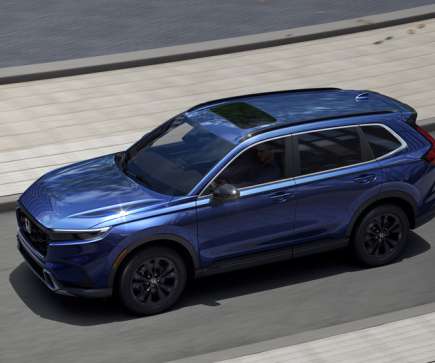Corning expands light-duty vehicle exhaust filter capacity in Germany
Green Car Congress
NOVEMBER 1, 2014
Corning Incorporated has boosted its light-duty vehicle filter capacity at its manufacturing facility in Kaiserslautern, Germany for both gasoline and diesel engined vehicles. For gasoline vehicles, direct injection (GDI) engines are growing in popularity as drivers demand more fuel efficiency and engine power.






































Let's personalize your content